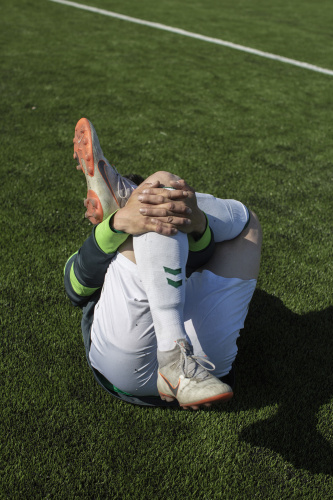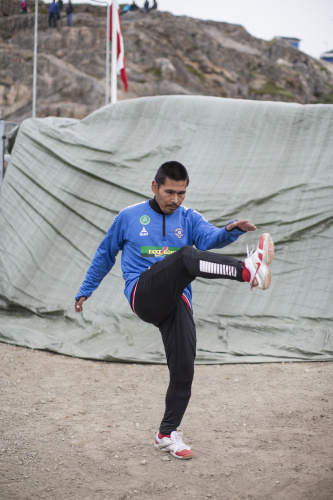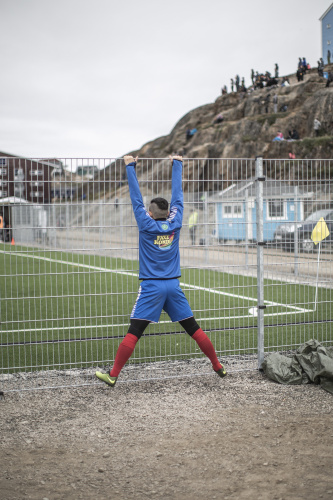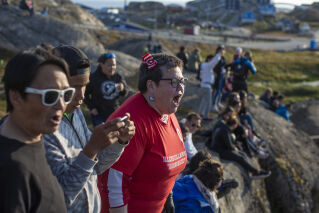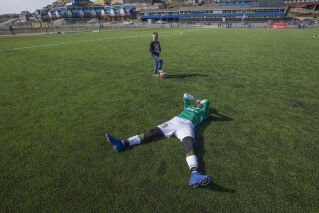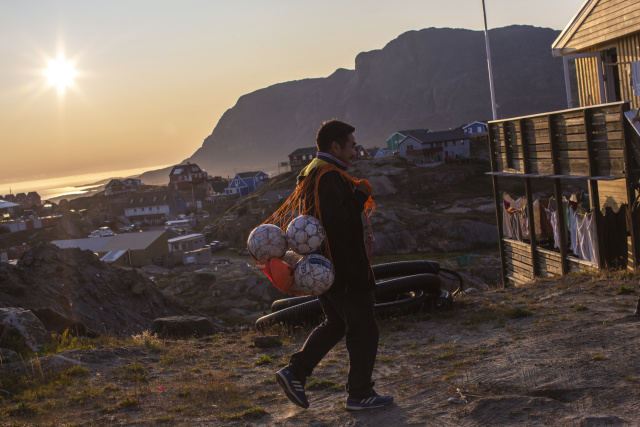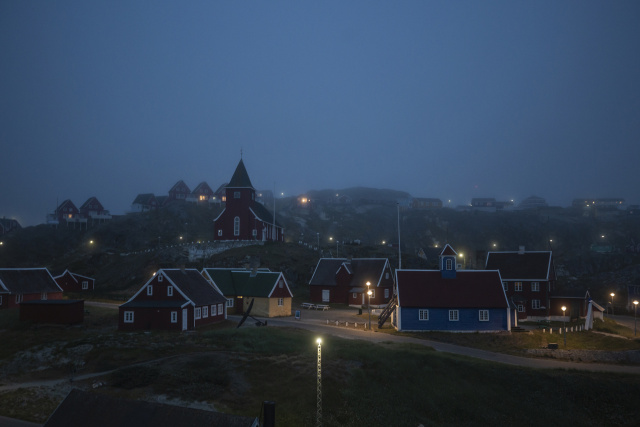
Soccer at the Edge of the World for The New York Times


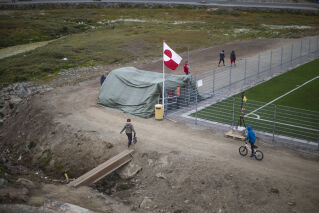
Greenland’s six teams play five games in as many days, with a sixth game for the finalists. The complex logistics of Greenlandic travel means the tournament rotates annually around the country. In 2019 it was based 40 miles north of the Arctic Circle in Sisimiut, Greenland’s second largest settlement and home to just over 5,500 people.

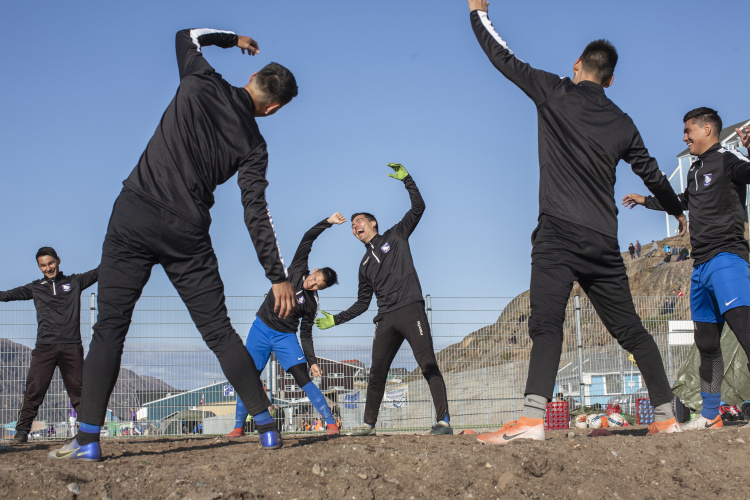
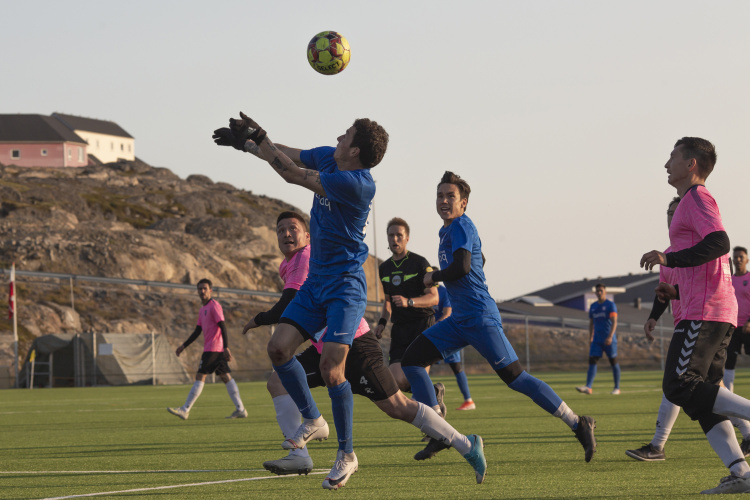
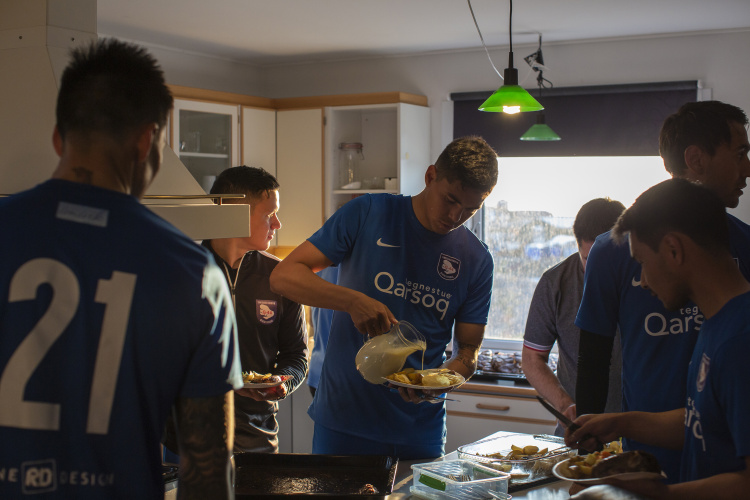
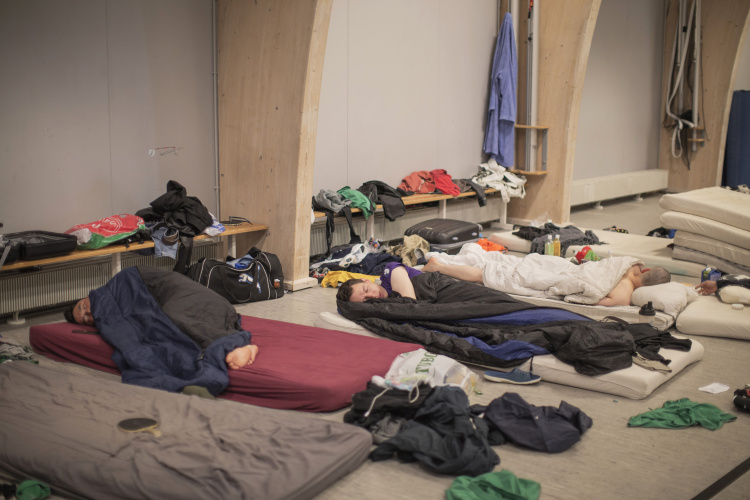
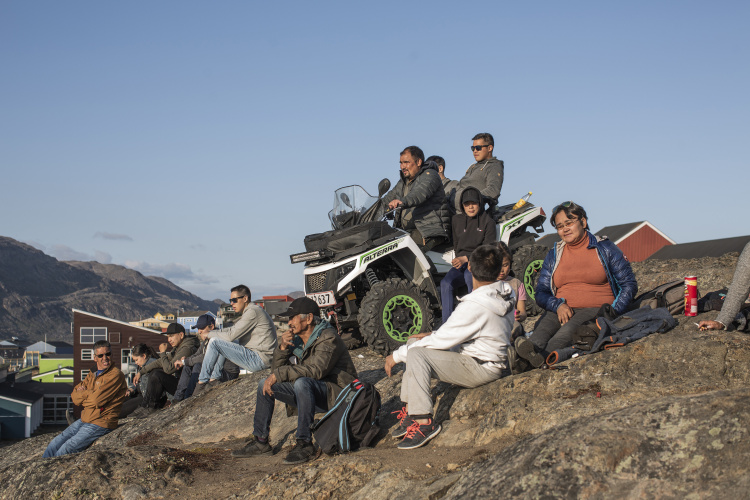
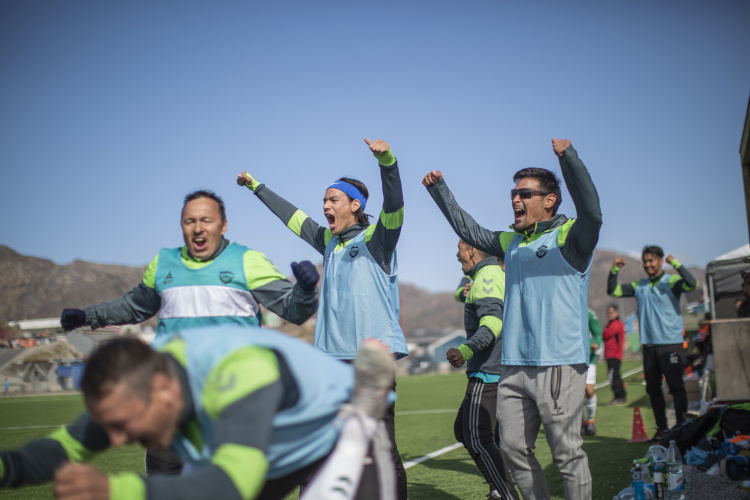
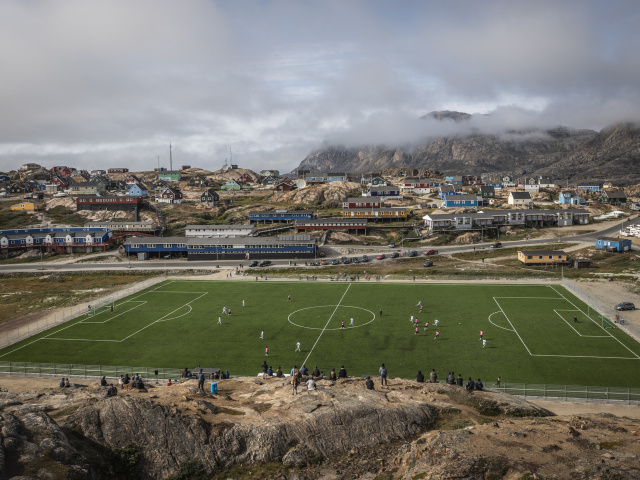
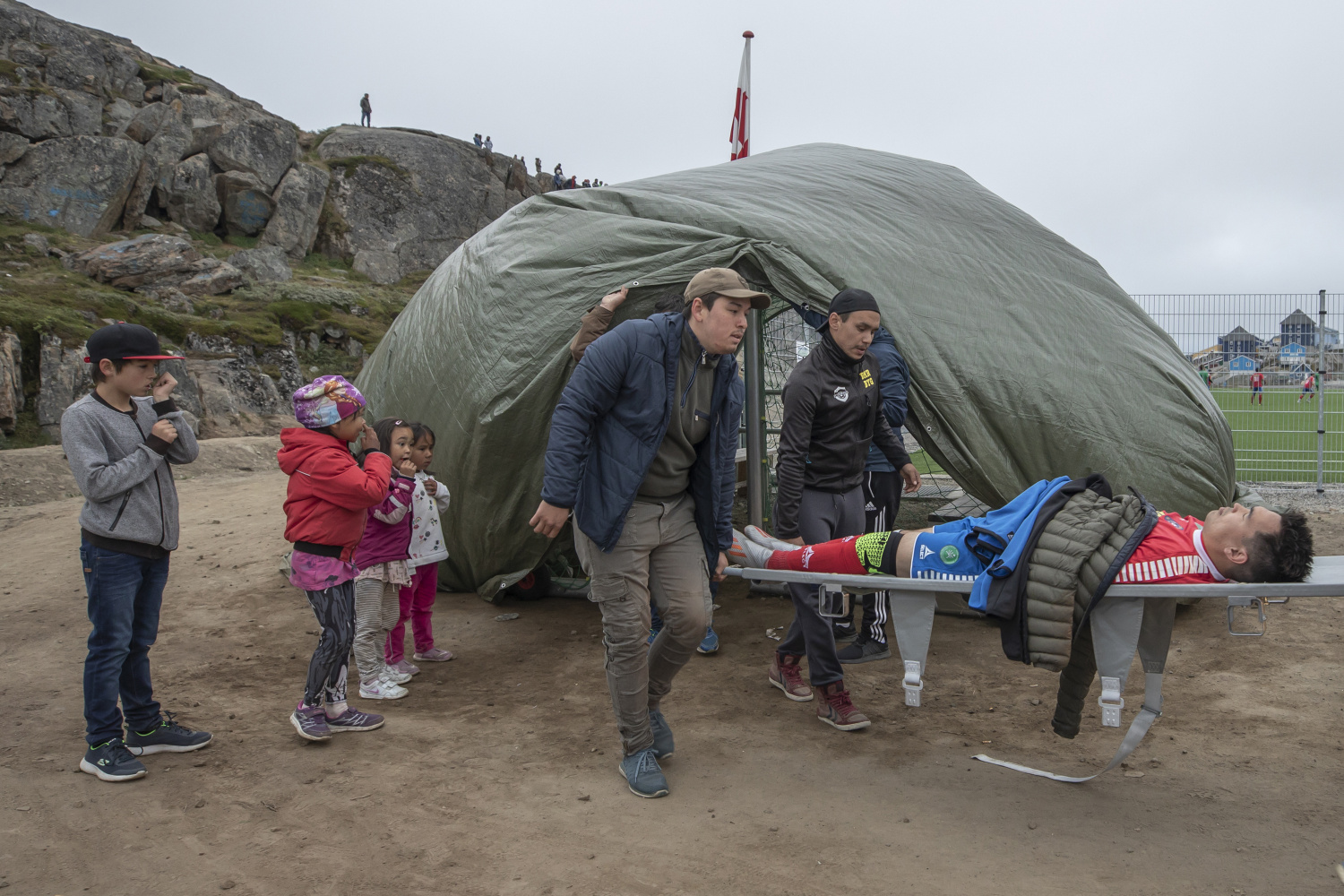
Like life on the vast, empty island of Greenland itself, the nation’s football league is full of anomalies and a study in resilience. Players undergo the physical exertion, mental strain and emotional drama that other teams experience over the course of a whole season in just one week, with breaks and sprains common. Since the harsh North Atlantic climate doesn’t allow teams to play on grass pitches, a prerequisite for membership of UEFA and FIFA, the international football bodies, Greenland is unable to compete in the World Cup. Nevertheless, the league supports around 15 teams, the most successful of which is B-67 Nuuk, which plays in the national stadium in the capital and has won the title 11 times since its inception in 1954.
As the competition rotates around the country annually, accommodation can be as basic as a kindergarten or a municipal sports hall. Once the teams have assembled in that year’s host location, the real work begins. Though the timing for the annual tournament is set with the weather in mind, Greenland’s exposed coastal regions are highly susceptible to sudden weather events such as heavy fog, rain and wind. The unusual format of the championship poses various other challenges to the host cities, which see a big spike in the population for the week of games. Local services such as hospitals, restaurants, ambulances and police services can be stretched to the limit.
